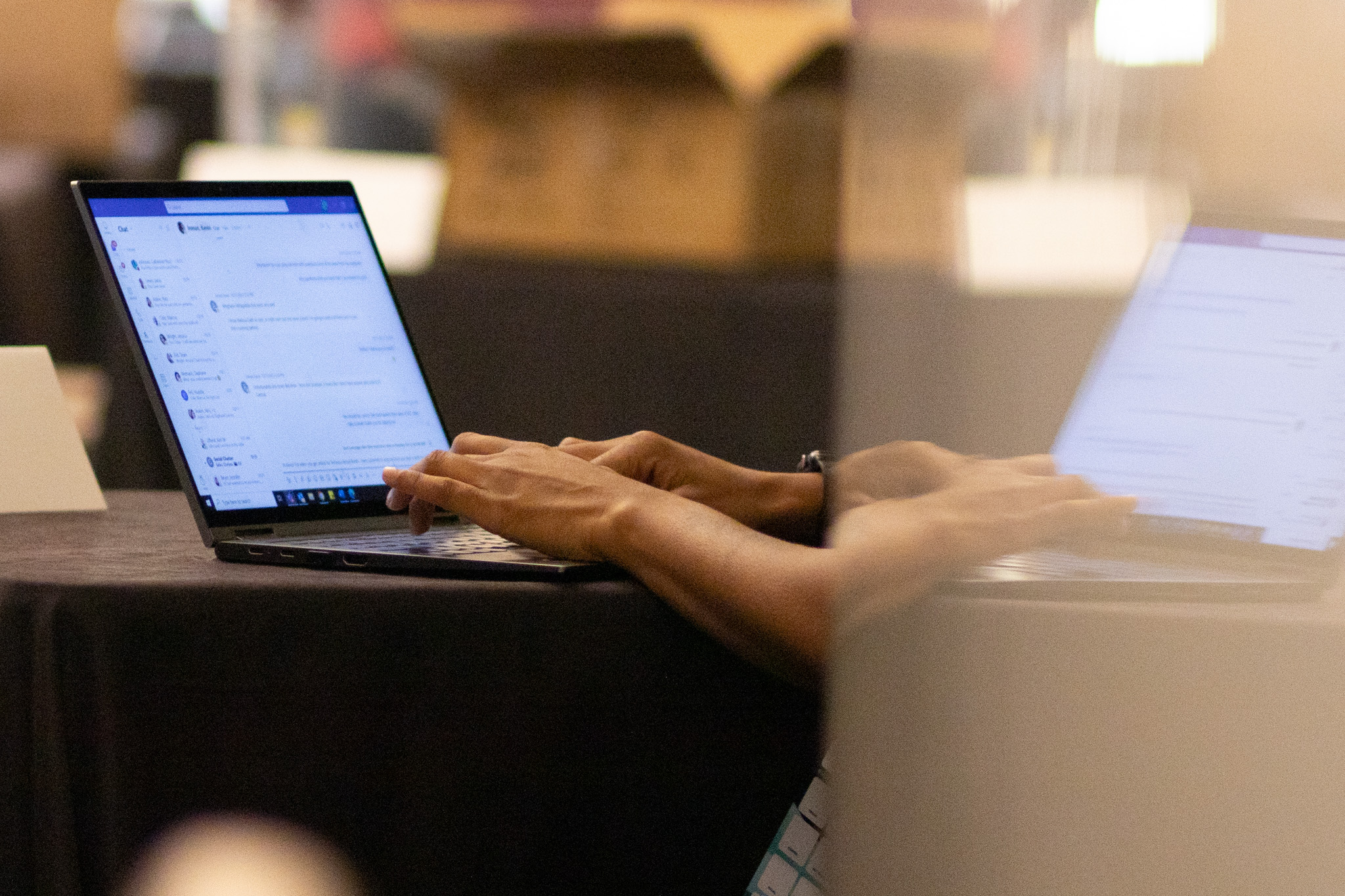Views expressed in opinion columns are the author’s own.
The University of Maryland prides itself on fostering an inclusive and supportive environment for all students. But for many, the reality of succeeding academically is becoming increasingly tied to their access to technology. In today’s digital-first world, students without reliable access to laptops, software or even internet connectivity are at a distinct disadvantage.
Unfortunately, this university’s efforts to address this growing problem are lacking. While there are initiatives to help students in need with professional attire or tuition support, there is no university-wide effort aimed specifically at ensuring equal access to technology — an essential resource for modern education.
One notable example of this university’s efforts to support students in need comes from the behavioral and social sciences college, which offers a professional attire fund to help students buy business or formal clothing — a laudable effort designed to level the playing field for students entering the workforce or attending professional events. But while such programs are vital, they don’t address the full scope of students’ needs.
The issue of unequal access to technology is more than just a matter of convenience. It’s about equity. A student’s ability to participate in a class, complete assignments and access learning materials should not depend on their ability to afford the latest technology. Yet, without the proper tools, students can find themselves falling behind, no matter how capable or hardworking they are.
Laptops, for example, are required for nearly every facet of college life. From conducting research and writing papers to attending online classes and participating in group projects, the digital world is inseparable from the academic experience. Even basic course materials like syllabi, readings, lecture recordings and assignments are often accessible only through online platforms, such as ELMS.
For students without personal laptops, borrowing devices from friends or using campus resources from libraries only offer temporary solutions. The limited availability of on-campus computers, restrictive library hours and the ever-present risk of technical difficulties leave some students scrambling to keep up.
A solution could involve partnerships with technology companies. It is important to mention that while the university currently has a partnership with Dell, neither Apple nor Dell products are sold or given away on campus, which can impact a student’s ability to obtain these necessary devices. Both the Dell and Apple student purchase programs offer only a 10 percent maximum discount for laptops and other select devices, which by itself is nowhere near enough for students who may find themselves struggling to obtain a personal laptop.
Furthermore, Microsoft365 and Adobe discounts and free programs do exist, accessible by inputting a student email, but many are left in the dark on how to access these resources. Installation instructions may be complicated, especially for students who lack experience with technology, and these programs are mentioned only in passing during the mandatory UNIV100 class, according to personal experience.
This university should consider expanding its technology lending programs. While it offers some short term laptop rentals through its libraries, availability is limited, and students who need long term access are left without viable options. An expanded program that allows students to borrow laptops for the semester or even the academic year would provide a safety net for those unable to purchase their own devices.
Providing equal access to technology is not just about individual student success — it’s about improving the overall quality of education. When all students have the tools that they need to fully engage with their coursework, the academic environment improves for everyone.
Professors can assign projects knowing that all students are capable of completing them, and class discussions can be more inclusive, with students from diverse financial backgrounds contributing equally.
Moreover, by addressing this issue, this university could position itself as a leader in higher education. As universities across the country grapple with issues of inequality, this university could take a bold step forward by ensuring that all its students, regardless of income level, have access to the same technological tools. This would not only attract more students from diverse backgrounds but also reinforce its commitment to fostering a truly inclusive learning environment.
The lack of a technology fund at this university leaves many students — particularly those from low-income backgrounds — struggling to access the essential tools needed for success in today’s academic environment. While efforts like the professional attire fund from behavioral and social sciences college are commendable, the university must recognize that access to technology is just as crucial, if not more so, for students’ academic and professional success.
By establishing a technology fund, expanding technology lending programs and exploring partnerships with tech companies, this university can close the digital divide on campus and ensure that all students have the resources they need to succeed.
Nikki Rostamiani is a senior economics and government and politics major. She can be reached at nrostami@terpmail.umd.edu.



